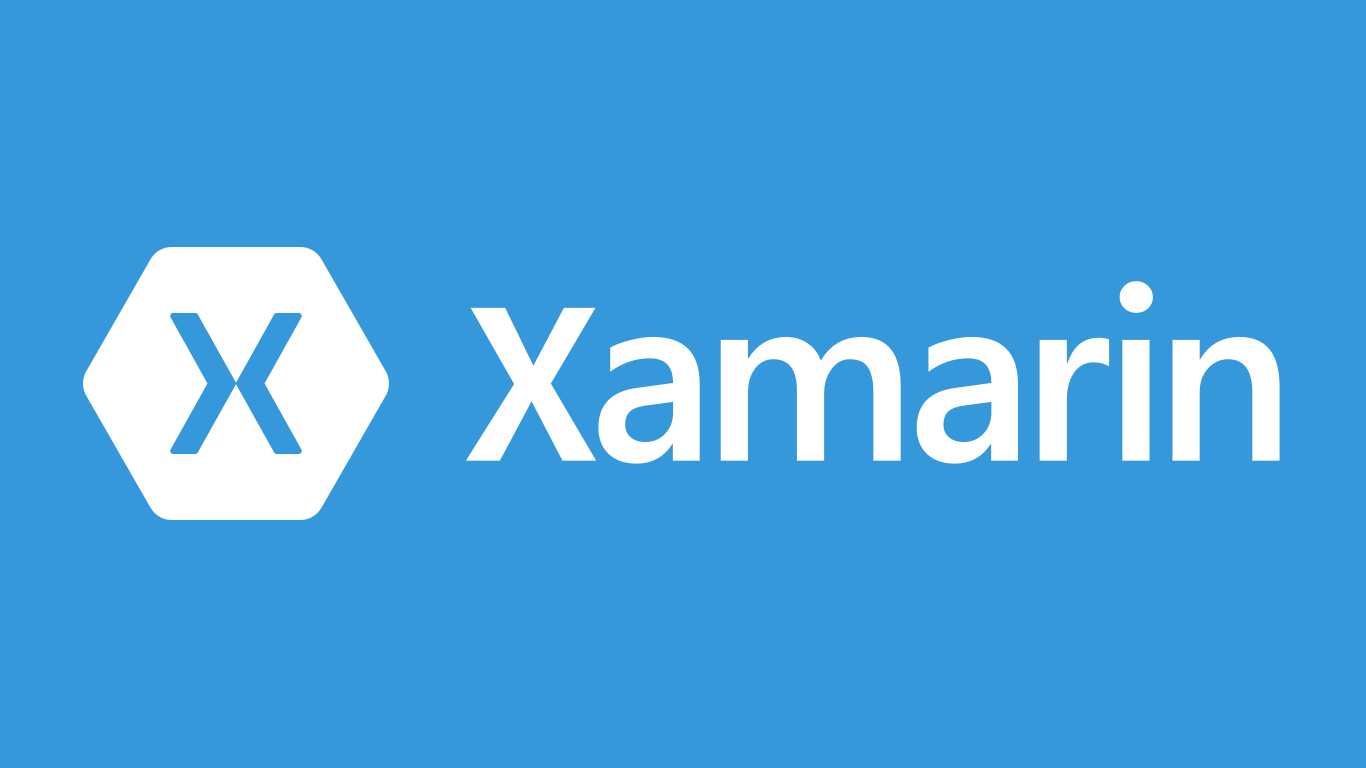With Xamarin’s sunset, those with apps built on the platform will need a Xamarin migration roadmap. As with any migration project, careful planning, and clarity around how the app functions and its associated architecture are imperative.
So, what are the steps to developing this roadmap? By breaking it down into steps, teams can work through it logically, assessing the effort required and tracking progress. We’ve created these tips and workflows to make migration as easy as possible.

Start with an app assessment.
The starting point of your roadmap is evaluating the app today. There are several questions to answer during this appraisal, including:
-
- How well-maintained is the Xamarin app?
- Do you have documentation regarding intended functionality and technical approaches?
- Have you set up automated testing scripts?
- What dependencies does your app need to work, such as third-party plug-ins and SDKs (software development kits)?
- What is the state of your feature roadmap?
- What integrations currently exist, and have you documented the APIs that power them?
Evaluate resources.
The next step is to consider your team and their available capacity for this project. You’ll need to define the skill sets and resources you have, and identify any gaps.
In reviewing this, you’ll be able to make a decision on whether an internal team can handle the Xamarin migration or if you’ll need an external mobile app development partner. If you need outside help, you should compare the options, looking for a group with experience in Xamarin migration like Shout.
Determine the right platform approach.
Following your resource assessment, you’ll want to take a moment to see if the cross-platform approach is still suitable for the project and create a high-level plan regarding the technical building blocks.
If you’re a go on cross-platform, you’ll most likely use .NET 6 or later. However, you could use another toolkit like Flutter. There are other options, such as choosing to go native.
Define the migration steps.
Now that you’ve completed all the assessments, it’s time to work on the migration steps. Collaboration between developers and development partners will be crucial to map out timelines, potential roadblocks, and organisational dependencies. There will be times when your resources aren’t available due to conferences or holidays, so be sure to inform your timelines with this information.
Here are the recommended steps:
Prioritise features.
It may not be feasible to migrate in one step due to the scope of the product. Start by prioritising any project phasing and identifying critical functionality. If there are features of less importance, document those in case you need to use this contingency.
Build and plan deployment.
With a completed roadmap, work with your development partners to define a detailed project plan for the migration.
As the release date approaches, you should involve the broader organisation in this planning. Consider what will happen post-development. Do you anticipate teething problems? Have elements in the UX (user experience) changed in such a way that users will have issues? Will there be any delay incorporating the features that people use today?
Customer service teams will need a briefing to assemble the tools they need to solve common challenges. In addition, someone from the app team should be available to support you with unexpected questions and bugs as they arise.
Even the most well-tested of projects can result in issues that no one saw coming once in production. At deployment, you’ll want to create a well-resourced hypercare period to respond quickly and minimise user frustration or reputational damage.
For more information on Xamarin migration, you can view Microsoft’s guide.
Need help with your Xamarin project migration?
We have a strong track record of adopting and updating the work of others.























